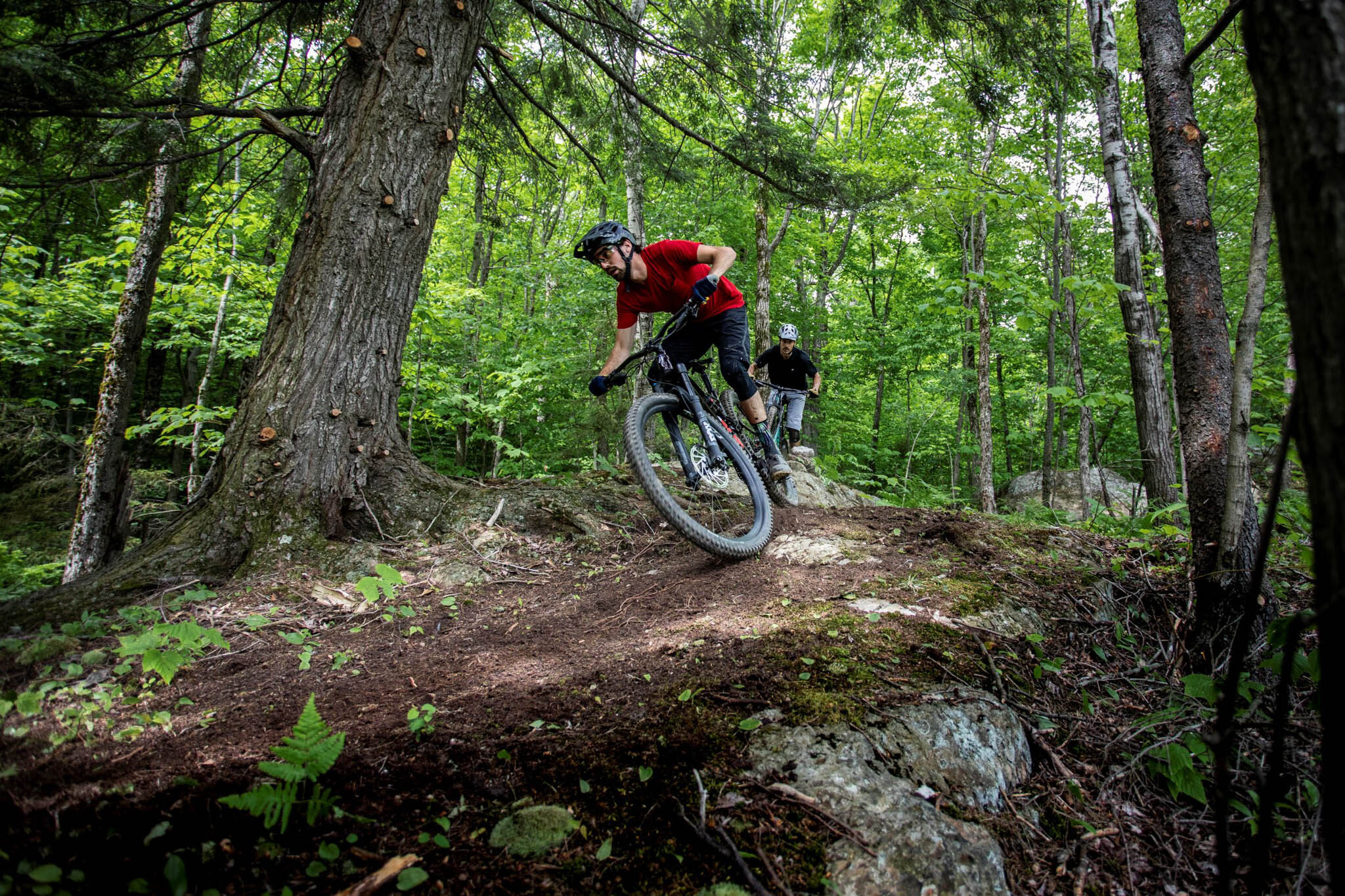

The arrival of mountain biking at Mont-Orford is generating a lot of excitement! Sports enthusiasts are delighted to see a new network in the region. Located in the heart of Mont-Orford National Park, we have a duty to create these new trails while respecting our environment.
To answer your questions, we also ask ourselves: how do we build mountain bike trails in an eco-friendly way? Follow our experts, who will provide you with more details!